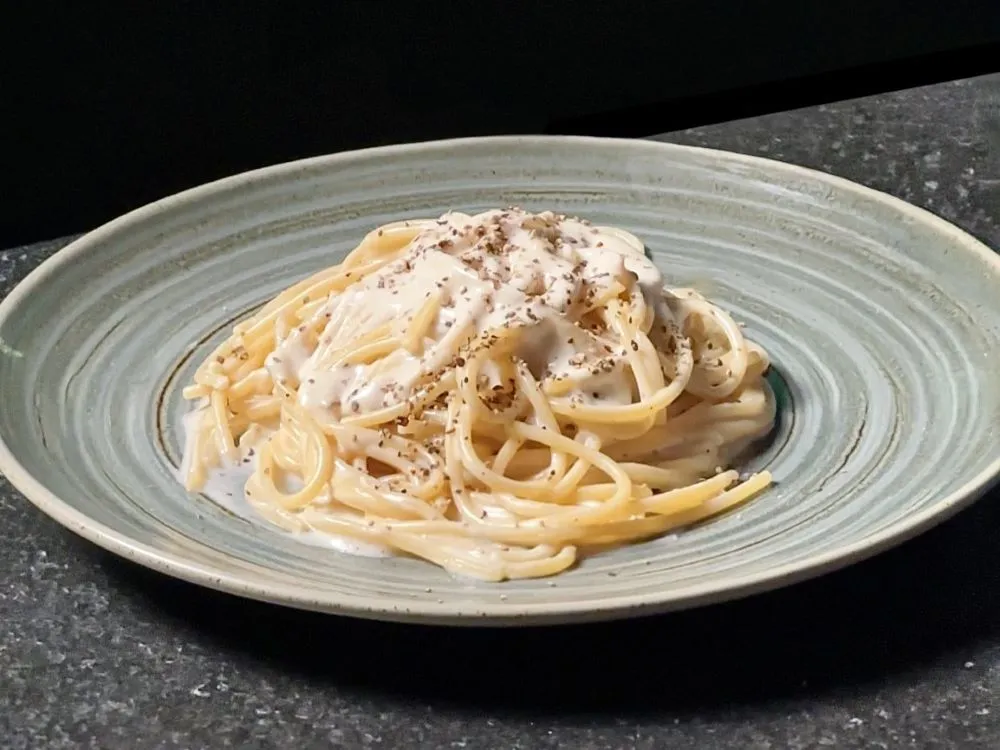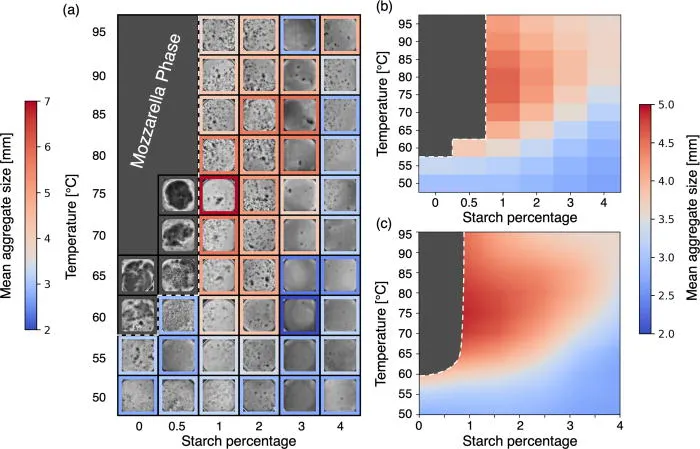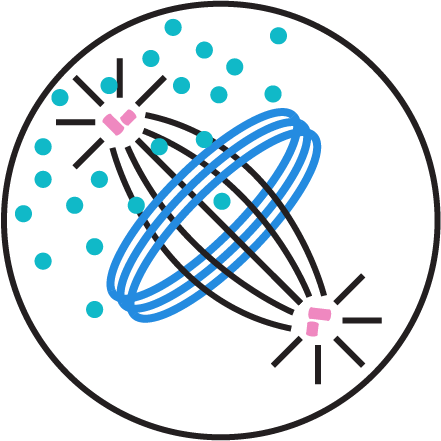The Ig Nobel Prize is a yearly prize for scientific achievements that inspire both, thought and laughter. This years Ig Nobel Prize in Physics was actually awarded to some of our good friends from the MPI for the Physics of Complex Systems, also in Dresden, who studied one of Italy’s simplest yet trickiest recipes: pasta alla cacio e pepe. Despite using just pasta, pecorino cheese, pepper, and starchy water, the sauce is notoriously unstable — prone to clumping into the dreaded “Mozzarella Phase.”

The perfect Cacio e Pepe Pasta, here prepared at the Institute of Science and Technology Austria (ISTA). © ISTA
Giacomo systematically investigated the phase behavior of the sauce.
The work not only produced a scientifically optimized recipe for consistently creamy cacio e pepe, but also highlighted deep scientific principles: phase separation, protein aggregation, and emulsion stability.

Figure from their paper named “Phase behavior of Cacio e Pepe sauce”
You can find their related study here: Click
From Kitchen Physics to Cell Biology
Though playful in spirit, this research resonates with biology. The same physics that govern the separation of cheese and starch in a hot pan also govern how cells organize internally. The Hyman Lab pioneered the study of biomolecular condensates, showing that phase separation enables cells to form membraneless compartments that regulate essential processes — and that similar misregulation can drive disease.
The Ig Nobel–winning study reminds us that curiosity-driven research can bridge the gap between food science and fundamental biology. From pasta sauce to protein droplets, the physics of phase separation connects everyday life to the molecular principles of living systems.
We warmly congratulate the prize-winning Giacomo Bartolucci (now in Barcelona) et al.for turning the science of dinner into a discovery that inspires both laughter and insight.
